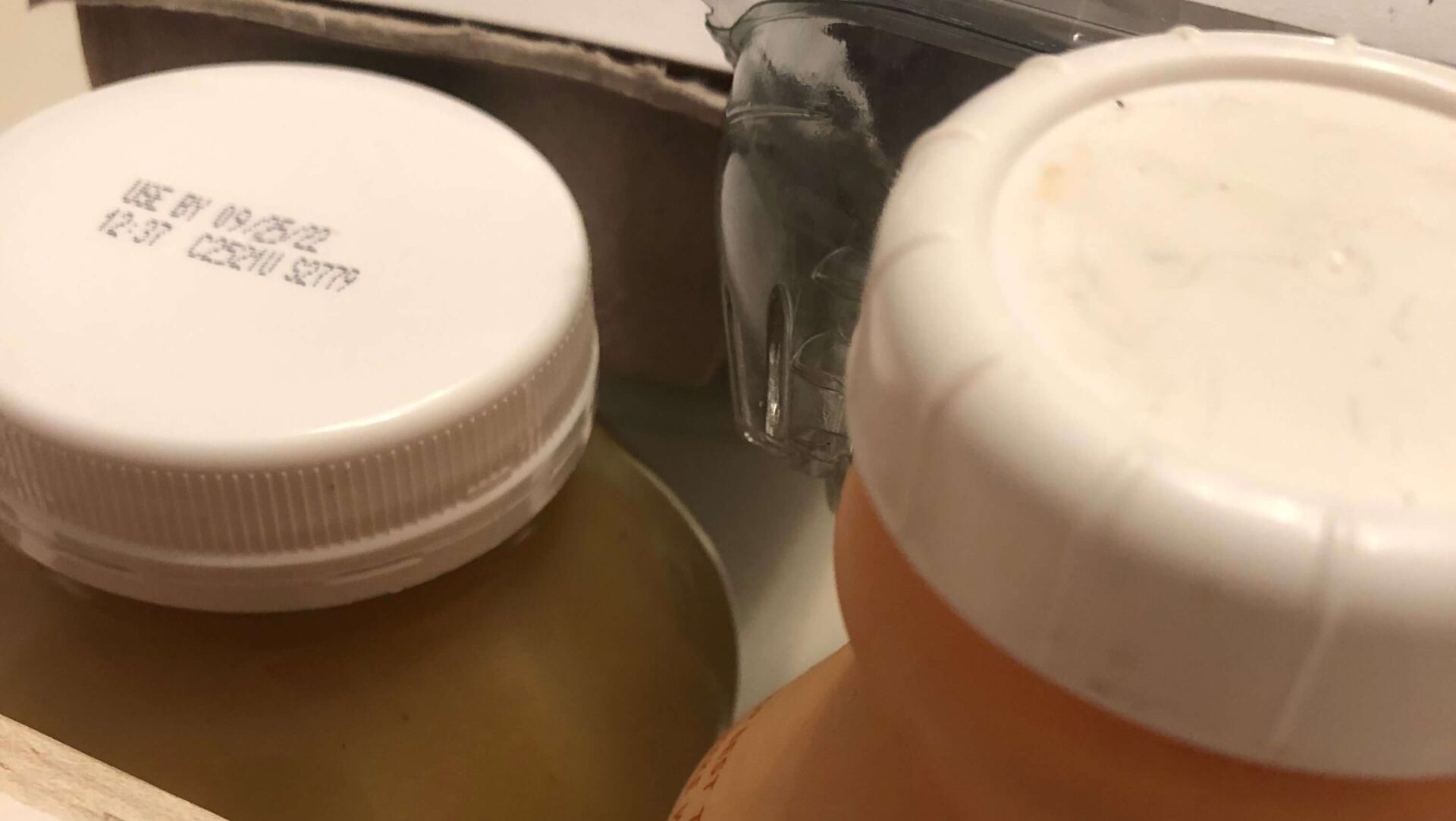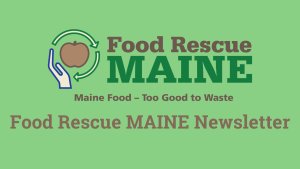
Food Dates: The Real Truth
“When in doubt, throw it out.” For me, this phrase was a commonplace theme in my childhood home. As a kid, it was one of my designated chores to go through the fridge or pantry closet. Every couple of months, I would throw away items that were past their “expiration food date.” This practice is one that has followed me into my own kitchen as well. If the milk carton is a couple of days past its expiration date, it’s safer to just throw it out. The culture of food waste so ingrained in me that I never stopped to question it.
But what if I told you that “expiration dates” were never intended to be the end all, be all entity to determine when to toss that milk?
According to the FDA, “Consumer uncertainty about the meaning of the dates that appear on the labels of packaged foods is believed to contribute to about 20 percent of food waste in the home.” (U.S. Food and Drug Administration: Confused by Date Labels on Packaged Foods?).
There is a common misconception that when your food reaches its “expiration date,” it is no longer safe to eat. In the United States, with the exception of infant formula, there are no federal laws that regulate date labels. In fact, date labelling is often left to the discretion of states, most of which have some requirements regarding what foods need date labels. However, in some cases, date labelling requirements can also be set by the manufacturer (6). For this reason, there are multiple phrases used to describe the date at which food loses its original quality, and each of these phrases have slightly different meanings.
These four phrases are, “Best if Used By/Before”, “Sell-By”, “Use-By”, and “Freeze-By” dates. Based on data in an October 2019 USDA article entitled, “Food Product Dating”(1), there are certain food date label facts that you need to know:
- “Best if Used By/Before” Date: If you see this phrasing on your food, the date does not refer to the last day that the product is edible. This date means the product will be at its best possible quality before this printed date. After that date, the product may lose some of its previous quality. This is not a safety label.
- “Sell-By” Date: Like the “Best if Used By” date, a “Sell-By” date is not a safety label. The product’s “Sell-By” date means businesses should not market the product beyond the date. This is for a company’s inventory management.
- “Use-By” Date: The “Use-By” date on products indicates the product will not maintain its expected quality after this date. This is not a safety label
- Exception: The FDA requires that baby formula have a “Use-By” date. As such, you should not use baby formula after the “Use-By” date has passed. The nutrients in the baby formula may decline after this date (7).
- “Freeze-By” Date: If you see a “Freeze-By” date on your product, this is the recommended date that you should freeze the product to maintain its peak quality and freshness. This is not a safety label.
With the exception of date labels on baby formula, there are no federally regulated product dates that indicate a day your safety would be at risk if you were to consume the food (7).
Food dating is a huge issue in the United States. This problem is not exclusive to our country. In the UK, brands and consumers alike are making a pledge to stop food waste due to food labelling through their “Look, Smell, Taste, Don’t Waste” campaign. So what should you do to help fight this issue in Maine? Instead of relying on the label of the products, return to trusting your own senses. Keep an eye out for abnormal colors, smells, or textures when determining the freshness of your food. Using your senses to see if your food is safe is a great skill. Plus, it will help you to use your food most effectively.
From now on, I challenge you to say, “Look, Smell, Taste, Don’t Waste” instead of “When in doubt, throw it out”.
Try to put it in your daily practice to only throw out your food if it doesn’t seem right when you first use your senses.
For help in re-training our senses, The University of Connecticut has produced an amazing article titled, “Expiration, Use-By and Sell-By dates: What do they really mean?” for beginners who have not quite mastered using their senses to determine the safety of their food- this source provides examples of commonly wasted foods, and a quick guide to how long these items should be kept before throwing them out.
Check out the following resources:
- Harvard Law Today: Food Law and Policy Clinic releases short film on food waste in America(5 Minutes)
- USDA: Food Product Dating
- Vox: The lie of “expired” food and the disastrous truth of America’s food waste problem
- HLS Food Law and Policy Clinic co-authors groundbreaking report on food date labeling and food waste
If you would like to learn more , or would like to support new proposed legislation to end consumer confusion through standardized U.S. food date labels, see the Agriculture Resilience Act introduced by Congresswoman Pingree in July 2021.
And always remember- Maine food is too good to waste.
-Hannah M., Mitchell Center Student Intern
I’m a novel-reading, chocolate connoisseur who enjoys *short but sweet* hikes, and trying new plant-based recipes.
Citations:
- https://www.fsis.usda.gov/food-safety/safe-food-handling-and-preparation/food-safety-basics/food-product-dating
- http://stopfoodwaste.org/tips/eat/expiration-dates
- https://www.fda.gov/consumers/consumer-updates/confused-date-labels-packaged-foods
- https://toogoodtogo.co.uk/en-gb/campaign/commitment
- https://news.extension.uconn.edu/2019/10/30/expiration-use-by-and-sell-by-dates-what-do-they-really-mean/#
- https://policyfinder.refed.com/maine/
- https://www.chlpi.org/wp-content/uploads/2013/12/Food-Waste-Toolkit_Oct-2016_smaller.pdf

